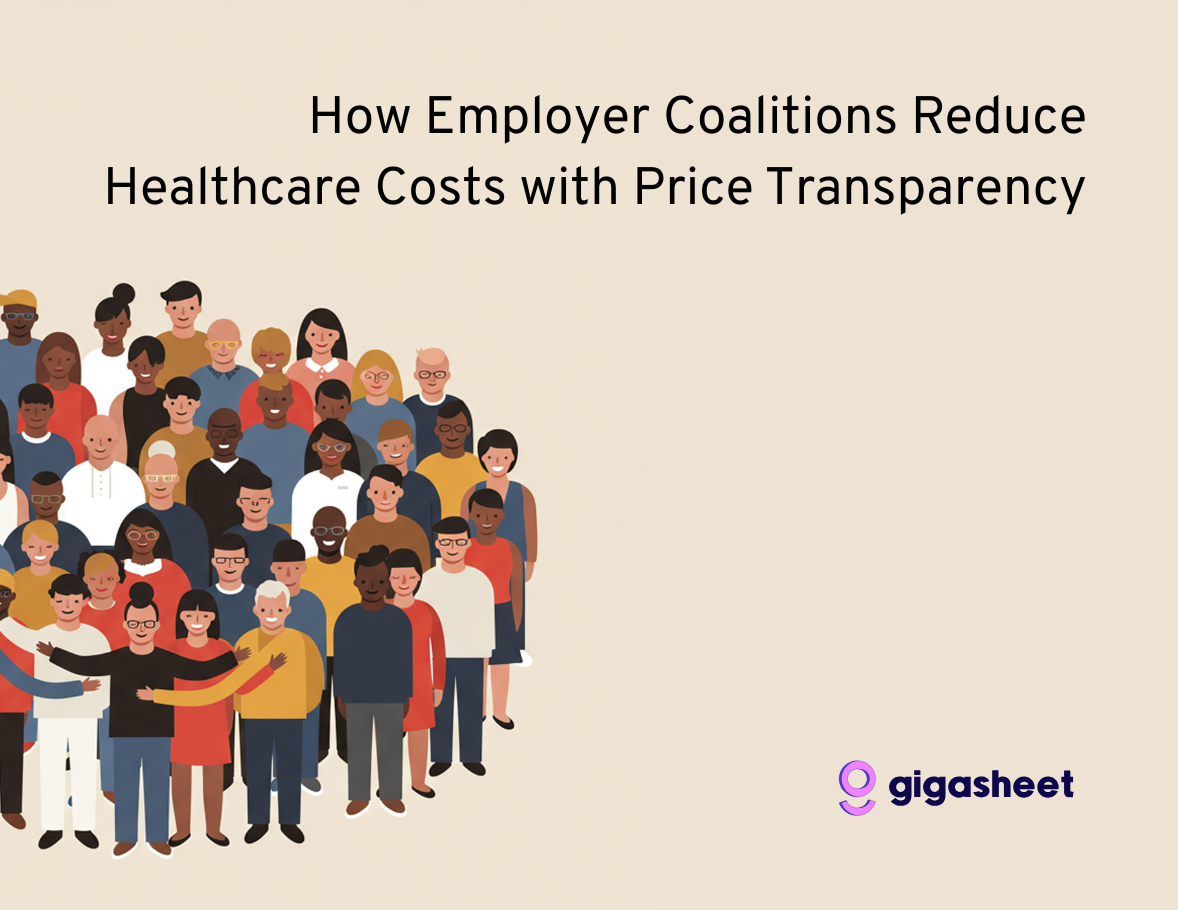Price Transparency
Transparency in Coverage Schema 2.0: What's New, What's Missing, and Why It Matters

For healthcare professionals and data analysts who have grappled with the enormous and often convoluted machine-readable files (MRFs) published by health insurers, the Transparency in Coverage (TiC) Schema 2.0 update offers a glimmer of hope. Finalized in October 2025, this technical revamp of the data structure for price transparency files promises to bring much-needed order to a chaotic data landscape. We'll take a comprehensive look at what Schema 2.0 entails, its implications for data usability and consistency, and the persistent challenges that remain.
The Genesis of Schema 2.0: A Need for Clarity
Under the TiC rules, health plans are mandated to publicly disclose their in-network negotiated rates and out-of-network allowed amounts in open data files. The initial version, Schema 1.0, was a step towards transparency, but it was plagued by issues of file size, inconsistency, and data quality. In response to these challenges and a 2025 Executive Order, regulators introduced Schema 2.0 to streamline the data and make it more accessible and meaningful. The improved schema is slated to go into effect in early 2026.
Key Improvements in Schema 2.0
Schema 2.0 introduces several key changes designed to improve the structure and usability of the TiC data files:
-Reduced File Size: By eliminating redundant provider entries and using a table of contents for shared rates, Schema 2.0 significantly reduces file sizes, making the data easier to download and process.
-Improved Data Structure: The new schema requires a more standardized format, including a custom place-of-service code for location-agnostic rates and clearer provider network information.
-Enhanced Consistency: By enforcing a more uniform structure, Schema 2.0 aims to improve consistency across payers, making it easier to compare data from different sources.
These changes are a significant step forward in making healthcare price transparency data more manageable and actionable for researchers, analysts, and developers - however we still have a long way to go to achieve true transparency.
Usability and Consistency: A Mixed Bag
While Schema 2.0 is a definite improvement, it's not a silver bullet. The data will still require specialized tools and expertise to analyze. The usability gains will primarily be felt by those of us who can translate the raw data into user-friendly applications. Furthermore, while the new schema promotes consistency in file structure, it doesn't fully address issues of data quality and completeness. Variations in how payers populate the files will certainly contiunue.
The Persistent Problem of "Zombie Rates"
One of the most significant unresolved issues is the prevalence of "zombie rates," which are prices for services that a provider never actually performs. These phantom rates create noise in the data and can lead to inaccurate analyses. Unfortunately, Schema 2.0 does not explicitly address this problem, and it is likely to persist until regulators implement stricter data quality standards.
Why Schema 2.0 Matters
Despite its shortcomings, Schema 2.0 is a solid step in the evolution of healthcare price transparency. It lays the groundwork for a more robust and usable data ecosystem. As the industry adapts to these new standards, we can expect to see more innovative tools and applications that leverage this data to empower consumers, employers, and providers.
At Gigasheet, we are committed to making this complex data accessible and understandable. Our platform is designed to handle the massive scale of the TiC files, and we are continuously updating our software to align with the latest schema changes. To learn more about how we can help you navigate the evolving landscape of healthcare price transparency, request a live demo of our price transparency solutions or explore our blog for the latest insights on healthcare data analytics.
The ease of a spreadsheet. The power of price transparency.



















